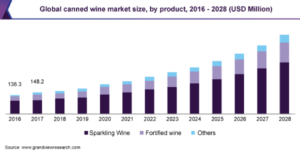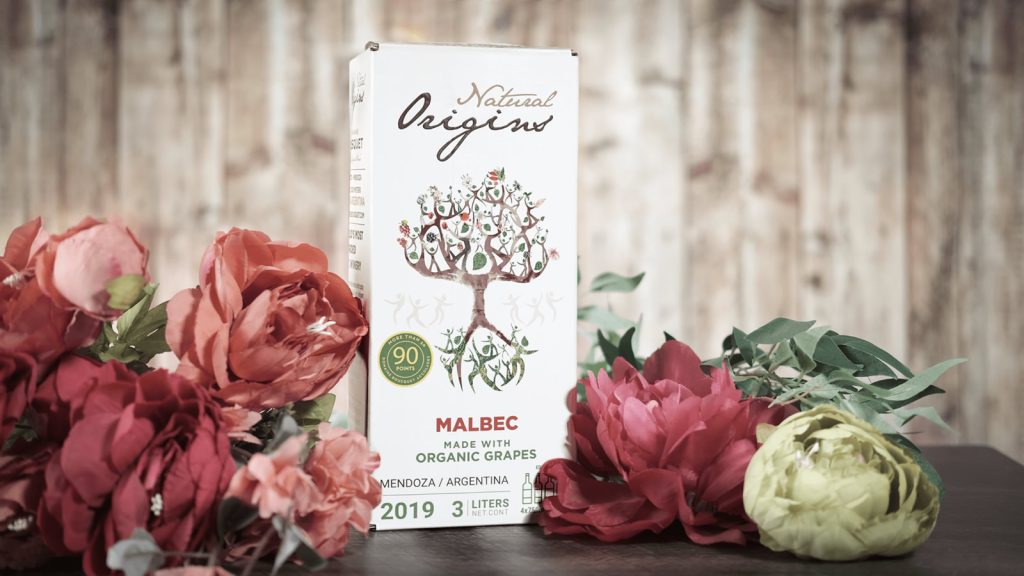In his book, The Convenience Revolution, Shep Hyken focuses on how, “The more convenient you make life for your customers, the more they will continue to do business with you.” While he does not specifically mention alcohol beverage packaging, we all know that the rise of single-serve cans, has created new opportunities to extend the occasions where consumers drink wine.
While the rise of single serve cans was accelerated by COVID, the trend towards alternative packaging continues to be fueled by other consumer preferences, particularly as the millennials flex their buying power.
A Grand View Research report points to, “The rising popularity of outdoor recreational activities, such as overnight camping, RV camping, fishing, and hiking, has boosted the demand for portable beverages, including canned wine.” And, the report goes on to highlight the, predicted, continued growth of this category, “The global canned wines market size was valued at USD 211.4 million in 2020 and is expected to grow at a compound annual growth rate (CAGR) of 13.2% from 2021 to 2028.”

Convenience No Longer the Only Factor
While convenience is one of the key trends affecting alternative packaging for wine, it is not the only one fueling the consumer desire for wine to be served in something other than traditional glass bottles. Consumers are increasingly aware of the environmental issues our world is facing, and they are acting. They are choosing to buy brands, across all consumer goods categories, that reflect their values and desires to be a positive force for change.
These shifts in consumer consciousness have given rise to a plethora of alternative packaging solutions, beyond cans. Garcon Wines has developed a flat PET bottle. However, only 30% of PET is recycled in the USA, so good intentions do not necessarily translate into the desired results.
The reinvention of bag-in-box wine is a packaging option that is gaining ground. A Grapevine Magazine article sums up the advantages of boxed wine well. “Although it’s a small segment compared to other packaging choices, bag-in-box wines are attractive to those who shop less and want to enjoy an occasional glass of wine at home without worrying about spoilage and waste. The inner pouch removes the need for glass, and the box shape makes them easy to store, transport and use without the chance of breakage. Additionally, bag-in-box wines can offer a better price point, modern look and shelf appeal to consumers looking for more thoughtful, eco-friendly and sustainable options.”
Offering Choice is the Key Ingredient to Serving Consumer Needs
Serving customers better in an era of rapidly evolving attitudes and behaviors requires flexibility and, ultimately, giving them choices. However, developing and producing “choices” can become an expensive proposition for wineries.
A good place to start is marketing smaller 375ml glass bottles and offering a variety 6 pack. The second step would be to evaluate cans and bag-in-box. These packaging options already have a presence in the market, acceptance from consumers and can bring in additional revenue through occasion expansion.
Ultimately, the need to be open-minded about packaging options traditionally frowned upon is key in our ever-changing culture and world at large.

